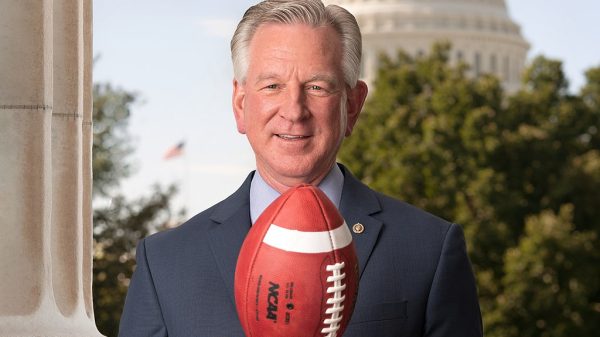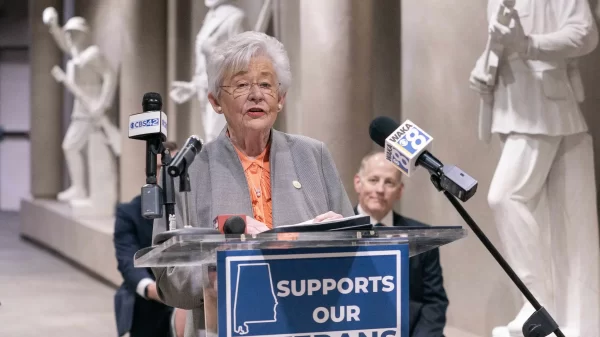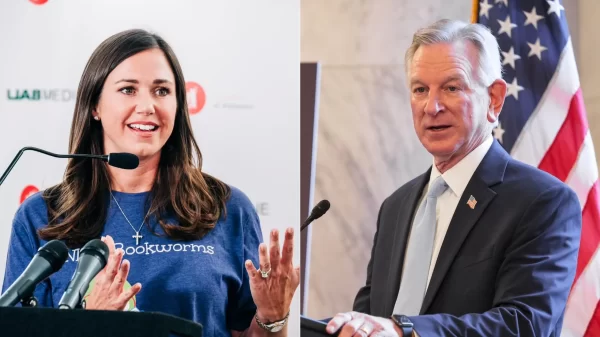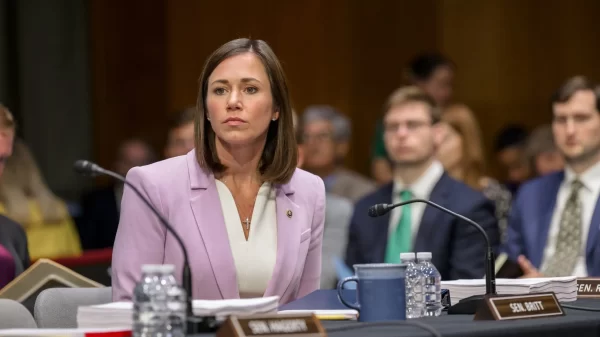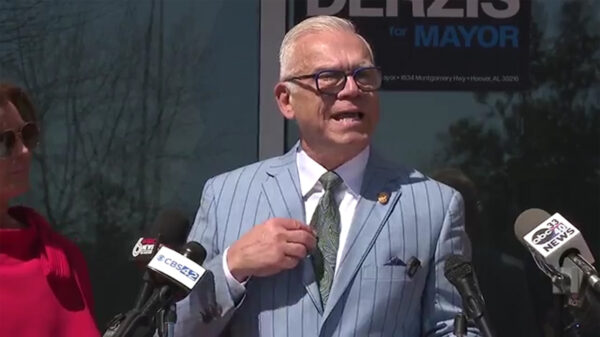The U.S. Census Bureau released new city population estimates for 2018 on Monday. Huntsville continues its momentum while Birmingham, Mobile and Montgomery continue to decline. If these trends continue going forward, Huntsville will pass Birmingham as Alabama’s largest city in the next decade.
The new estimates cover the time period between July 1, 2017, and July 1, 2018, and also look back to 2010, the year of the last official Census.
Huntsville gained 2,262 residents between 2017 and 2018. The city is now at 197,316 residents, which is 16,358 above the 2010 number. Birmingham was the 107th largest city in American in 2017. Huntsville was the 123rd largest city in America in 2017.
Birmingham lost 1,086 residents between 2017 and 2018 to reach a low of 209,880, which is 1,863 below the city’s 2010 number.
If Huntsville were to keep growing at 2,000 residents per year and Birmingham keeps losing 1,000 residents per year, Huntsville could overtake Birmingham as Alabama’s largest city within five years.
Fellow north Alabama cities Madison and Athens are also experiencing the population boom. Madison gained 1,289 new residents to grow to 50,440. Athens added 703 new residents to grow to 26,247. Nearby Decatur lost 83 to drop to 54,264.
As a metropolitan statistical area, Birmingham-Hoover is much larger than greater Huntsville.
Montgomery lost 1,674 residents to drop to 198,218. That is down from 205,593 in the 2010 census. Pike Road added 445 new residents in the last year to reach 9,803. Prattville added 202 new residents to reach 35,622. Millbrook added 133 to reach 15,463, Coosada gained 28 to reach 1,301, Deatsville gained 6 to reach 1,179, Elmore gained 4 to reach 1,441, and Wetumpka added 37 new residents to reach 8,278.
Mobile lost 929 residents from July 1, 2017, to July 1,2018. Alabama’s oldest city is now Alabama’s fourth largest city with just 189,572. They are down from 194,577 in 2010.
These are Census estimates. The 2019 numbers will be released this time next year. The official numbers used for redistricting and reapportionment of Congress and the legislature will come from the 2020 Census that residents are required to turn in.
Based on original work by Tom Spencer with the Public Affairs Research Council of Alabama.



